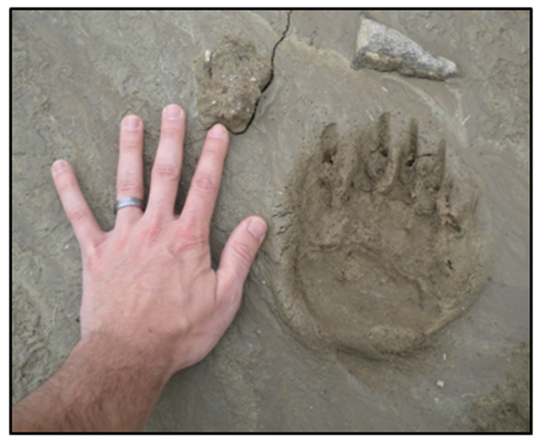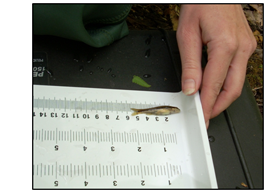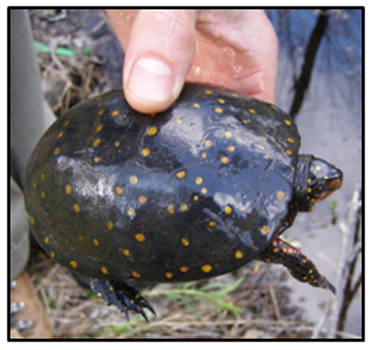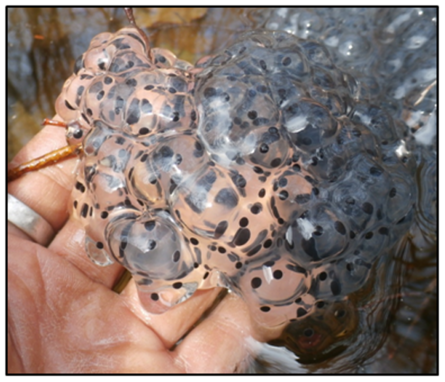Wildlife Services
- Vernal Pool Identification
- Vernal Pool Assessments
- Wildlife Habitat Assessments
- Wildlife Studies
- Protected Species Surveys
- Natural Resource Inventories
- Land Management Plans
- Biological Monitoring
- Macro-invertebrate Monitoring
- Municipal Reviews
Environmental and wetland impact permitting has become more encompassing and complex as impacts are reviewed at a landscape based scale. Not only are the direct wetland impacts evaluated but secondary impacts at the larger landscape scale are also evaluated. Our scientists at SRE include wildlife biologists/wildlife ecologists whom work in tandem with our staff plant biologists, soil scientists and wetland scientists to evaluate these impacts and prepare complete permit applications that address these potential issues or impacts. SRE tailors wildlife habitat assessment studies to the needs of a specific project and its anticipated impacts. For towns that require full wildlife studies, SRE completes transect data plots and utilizes aerial photo interpretation to map and describe habitat types on a given property, as well as describe and locate important wildlife corridors. As part of wildlife use assessment, SRE will complete mammal tracking and bird call surveys. SRE also completes detailed dipnet surveys to identify and document amphibian use on a site. After site specific information is gathered, SRE uses the data to evaluate the proposed project design and works with project engineers to design a project that reduces impacts to wildlife while still maintaining the integrity and need of the project.


Vernal Pool Assessment

The New Hampshire Department of Environmental Services and US Army Corps of Engineers require vernal pool documentation and vernal pool evaluations and assessments for all projects. In addition, many municipalities also require vernal pool evaluations as part of site plan review and subdivision reviews. SRE specializes in these evaluations and can quickly assist in making design considerations at the beginning of the project versus costly design changes much later during the permitting and approval process. Our staff understands the current science, the evaluation methods and buffer requirements and what it means to your project.

